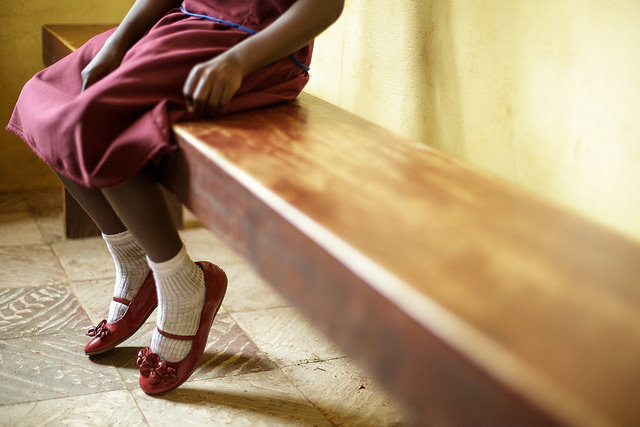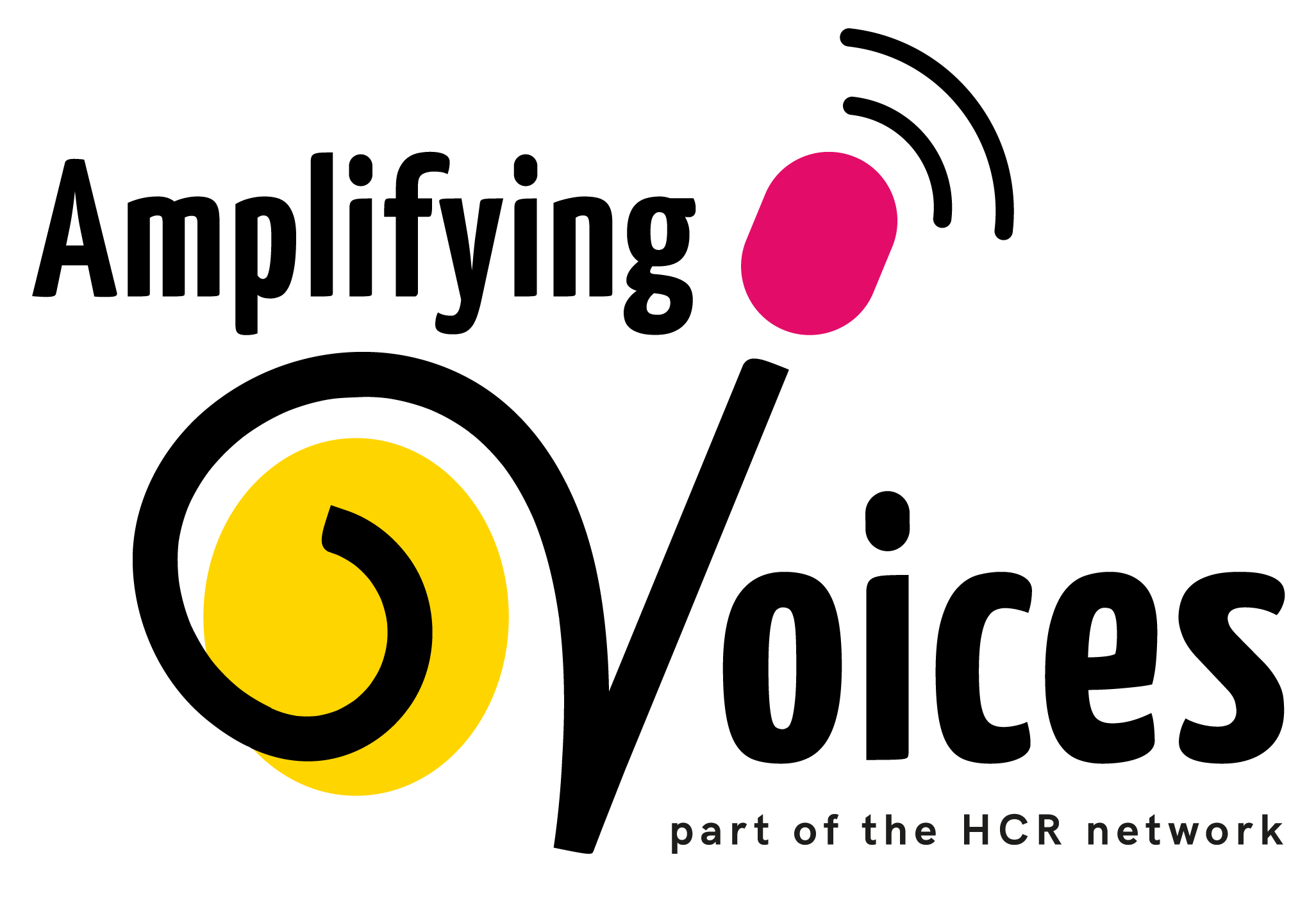
Helping women and girls in Kenya
Day 13 of #16DaysofActivism
Combatting gender-based violence can take courage, sensitivity and wisdom. I met Mary*, an ordained minister working in a rural area in Kenya, who showed all of these qualities in her work to help women and girls.
In this particular area of Kenya, the challenges facing families include limited access to food and water, and high levels of illiteracy. Conflict within families and domestic violence is rife. It is common to see women with missing teeth as they have been so badly beaten.
Women cannot own animals or land and are very dependent on men. Early marriage is common, with girls as young as eleven often married to men in their fifties and over, frequently as a second or third wife. When a girl is prepared for marriage she will have to go through the painful ritual of Female Genital Mutilation (FGM).
Mary explains that she is ‘surrounded by this community – I could lose trust and [do more harm than good], so I interact with the families.’ Mary is notified if a marriage is likely to take place. Mary will try and talk with the family and if the wedding cannot be prevented in this way, then they will find a discreet way to get the young girl to safety and the care of the government.
After a girl is brought to safety, the government will start working with the family. The family is not informed that Mary has helped to get the girl protected and she would be at risk if her involvement was discovered:
‘I see girls, I feel angry, so sympathetic, they are very young and innocent. They don’t even know the man she will marry’.
Mary is not always able to prevent a child marriage, or stop girls being ‘cut’ before their wedding ceremonies, or women being harmed or murdered due to domestic violence. Mary helps girls to remain in their communities, providing support, fellowship and togetherness.
All of HCR’s work with partners engages with and supports people and local communities and it is from within these communities that change can and does happen.
*Not her real name
Photo credit: Olivier Asselin – UNICEF
